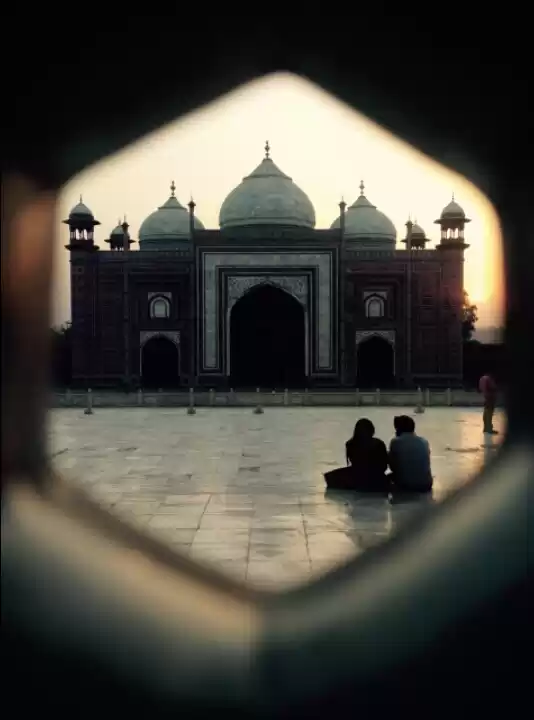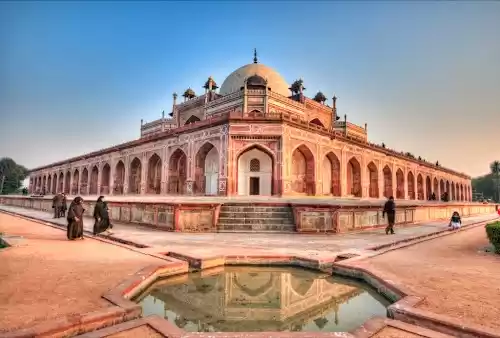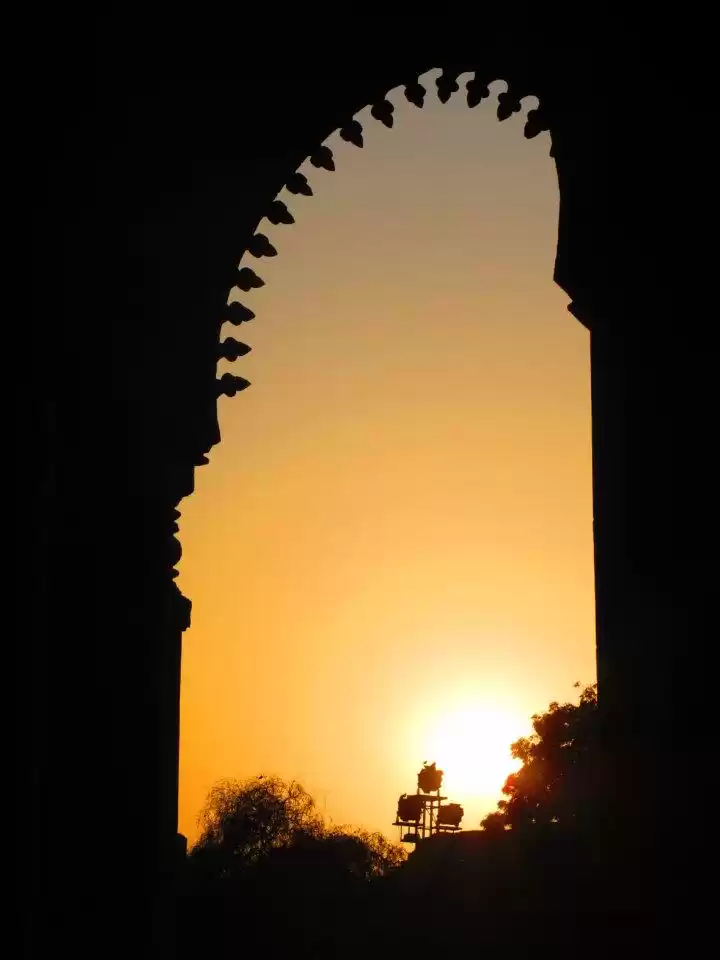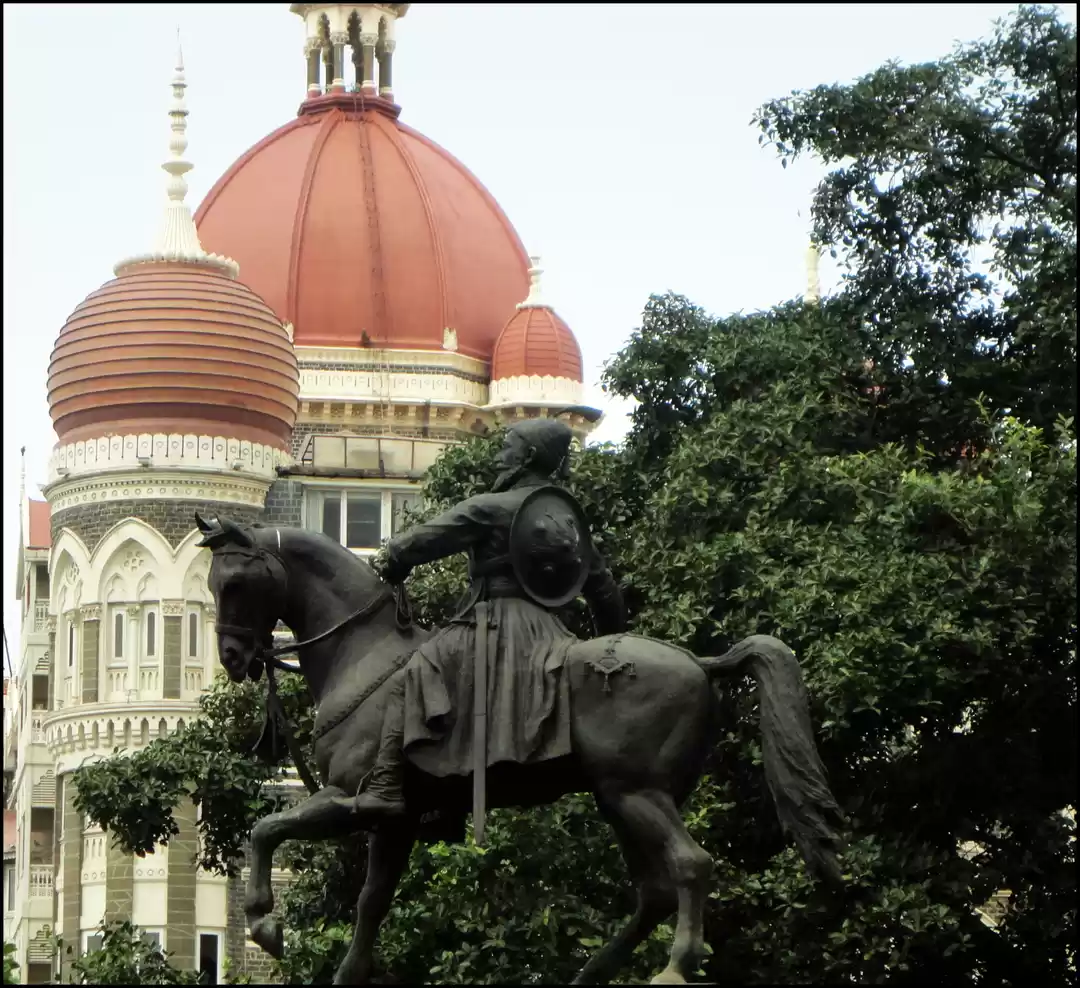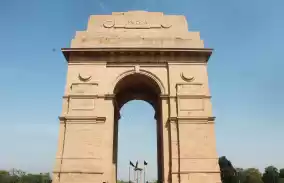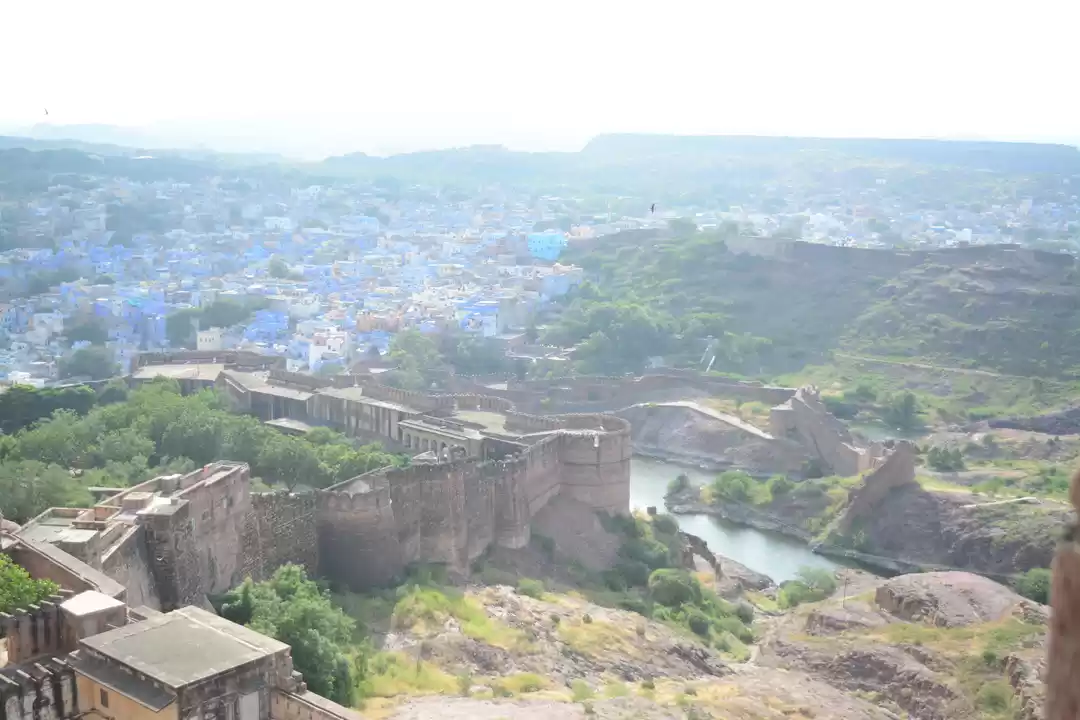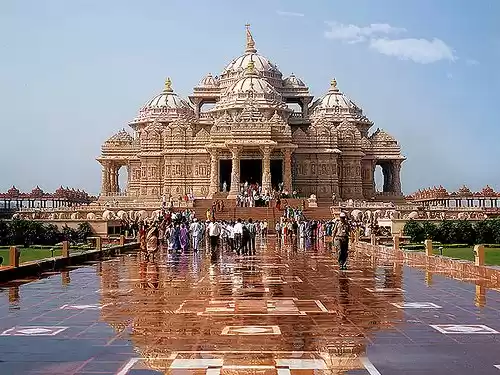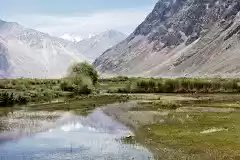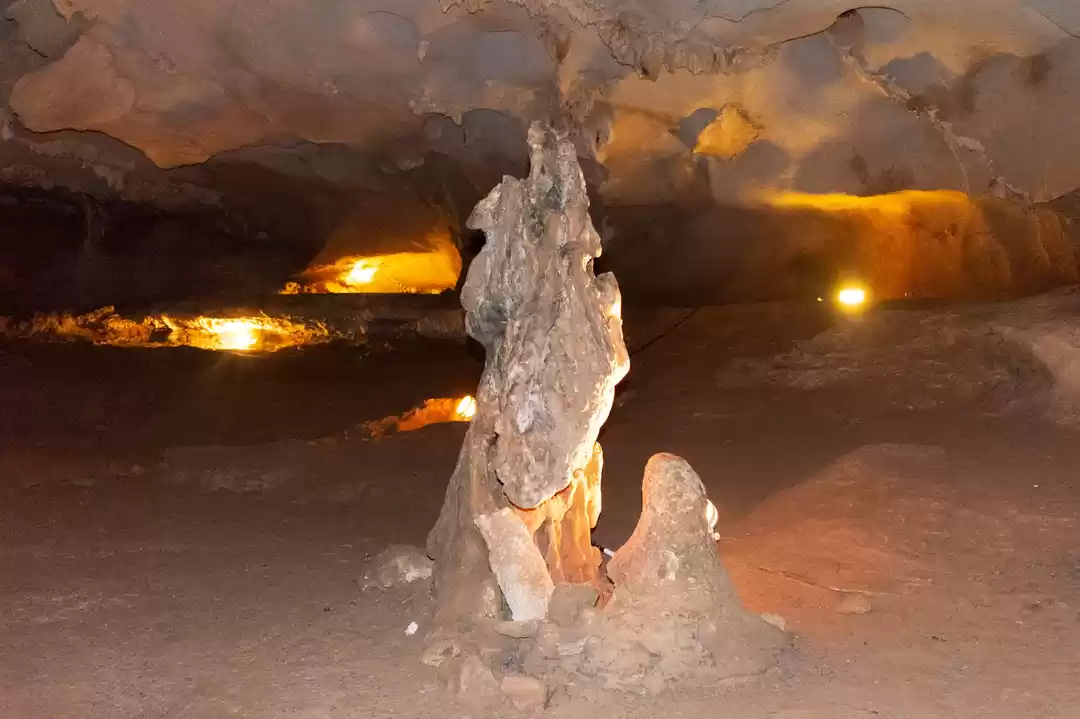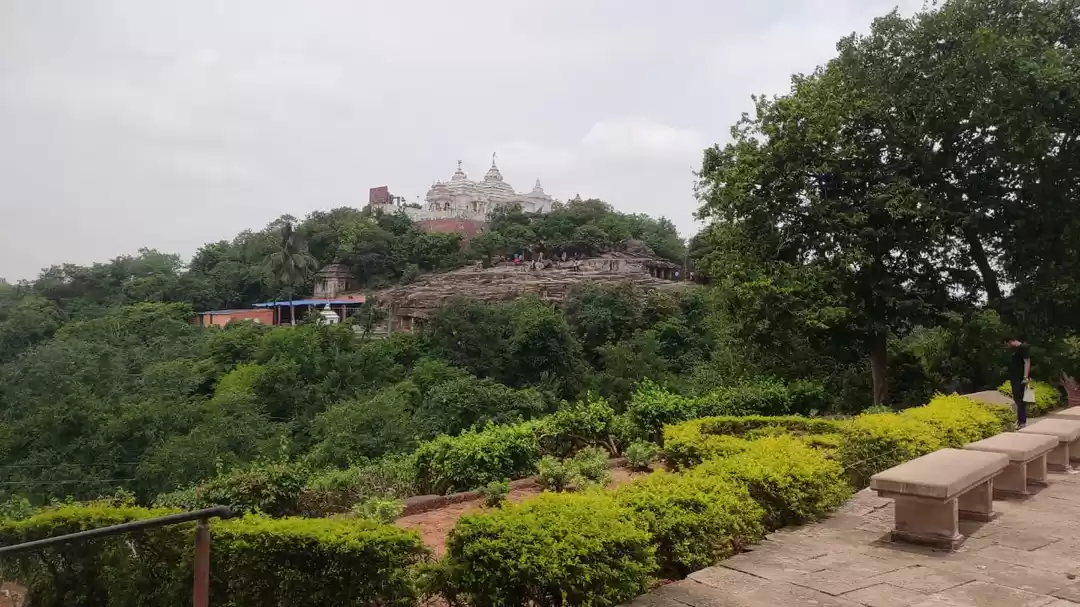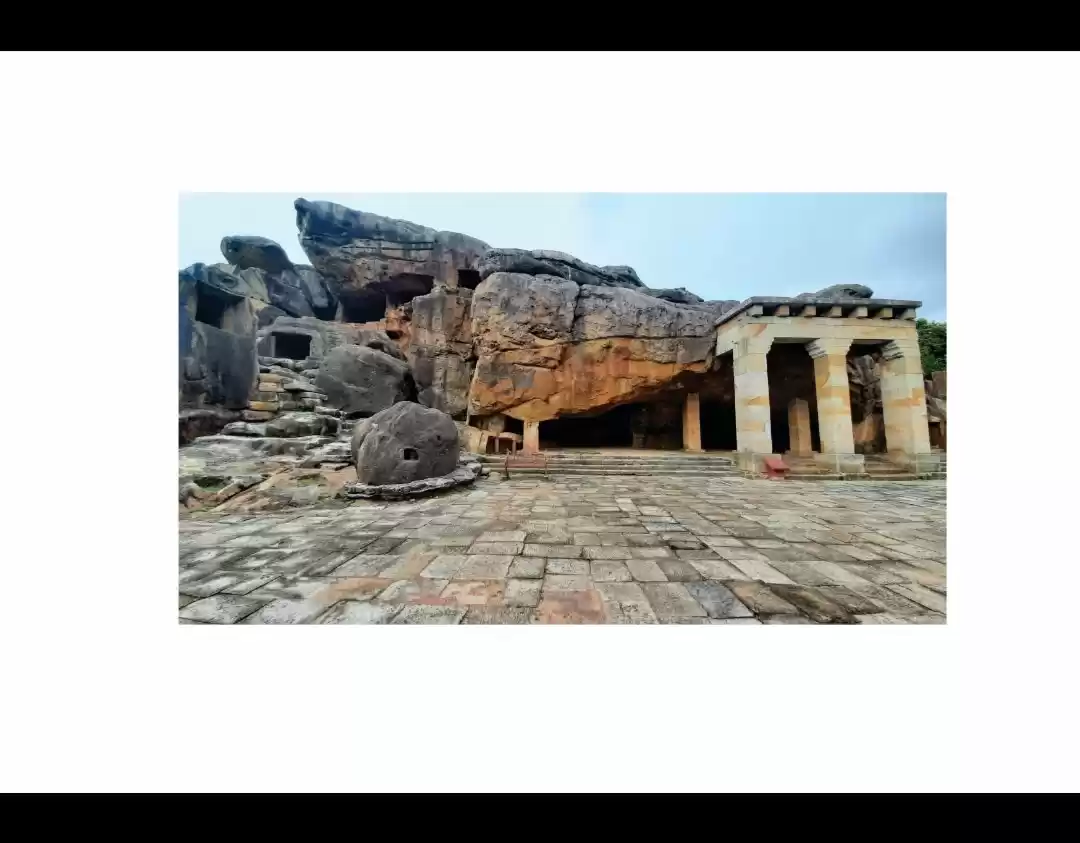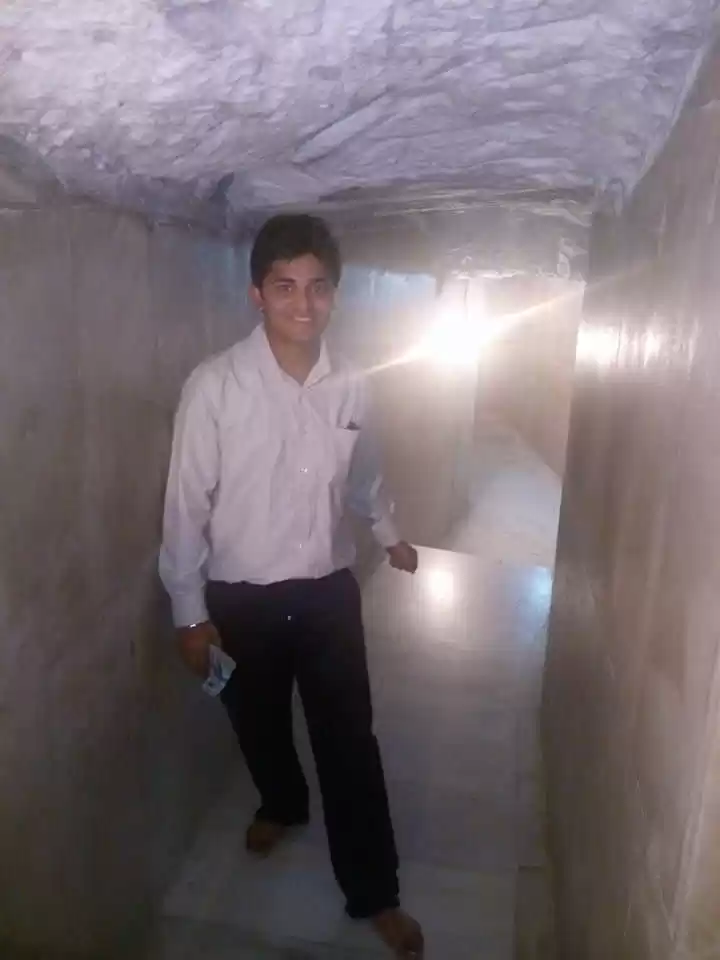Are you looking for a unique and fascinating destination to visit in India? Do you want to witness the rich history and culture of Jainism in Odisha? If yes, then you should definitely plan a trip to Udayagiri and Khandagiri Caves, the ancient rock-cut monuments in Bhubaneswar.
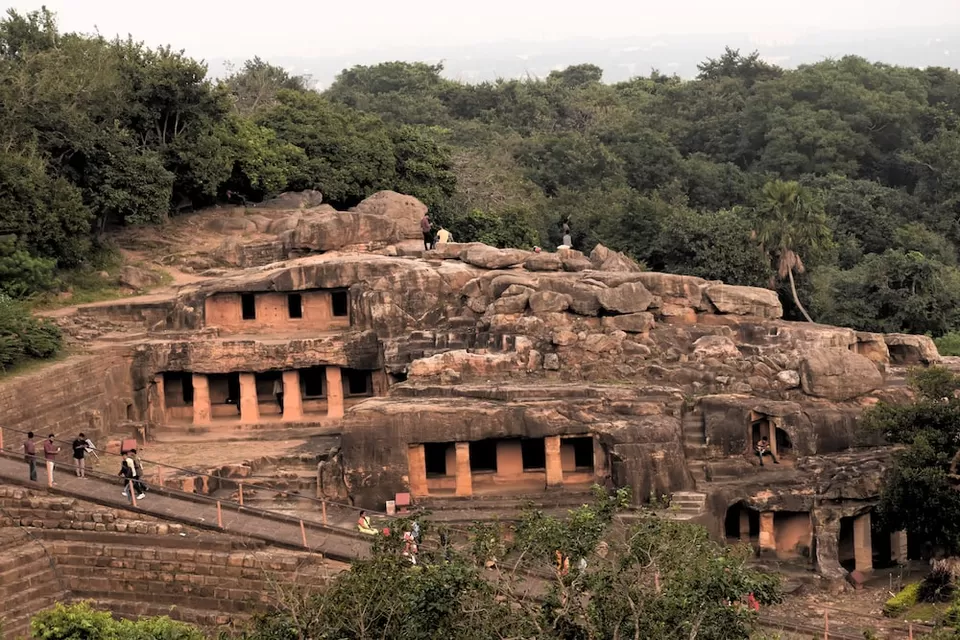
Udayagiri and Khandagiri Caves are one of the earliest examples of Jain rock-cut architecture in eastern India. They date back to the 1st century BCE, when they were commissioned by King Kharavela for Jain monks. The caves are adorned with various motifs and carvings, depicting the life and teachings of Jainism. They also contain some of the oldest inscriptions in Odia language, such as the Hathigumpha inscription of King Kharavela.
In this article, we will guide you through everything you need to know about Udayagiri and Khandagiri Caves, including their history, architecture, attractions, timings, entry fee, location, how to reach, best time to visit, nearby places, and tips for visitors. By the end of this article, you will be ready to book your tickets and tour packages for visiting these amazing caves.
History of Udayagiri and Khandagiri Caves
The history of Udayagiri and Khandagiri Caves is closely linked with the history of Jainism in Odisha. Jainism is one of the oldest religions in India, which advocates non-violence, detachment, and self-discipline. Jainism spread to Odisha during the reign of King Kharavela, who ruled over the Kalinga kingdom from 2nd century BCE to 1st century BCE.
King Kharavela was a patron of Jainism and a great conqueror. He expanded his empire from the Ganges to the Godavari river. He also built many temples, monasteries, and caves for Jain monks and pilgrims. One of his most remarkable achievements was the construction of Udayagiri and Khandagiri Caves on two adjacent hills near Bhubaneswar.
The caves were carved out of sandstone by skilled artisans under the supervision of King Kharavela. The caves served as residential quarters, meditation chambers, and worship places for Jain monks. The caves also served as a repository of art, culture, and literature of that period. The caves contain some of the oldest inscriptions in Odia language, such as the Hathigumpha inscription of King Kharavela.
The Hathigumpha inscription is a 17-line inscription carved on a rock wall in Udayagiri Cave 14. It narrates the life and achievements of King Kharavela in a chronological order. It mentions his military campaigns, his religious activities, his public works, and his personal details. It is considered as one of the most important sources of ancient Indian history.
The caves continued to be used by Jain monks until the 15th century CE. After that, they were abandoned and neglected for centuries. They were rediscovered by British archaeologists in the 19th century CE. They were declared as protected monuments by the Archaeological Survey of India (ASI) in 1956 CE. Since then, they have been restored and preserved by ASI and Odisha Tourism.
Read About Harshit's five-day road-trip to some of the most under-rated places in Orissa
Architecture of Udayagiri and Khandagiri Caves
The architecture of Udayagiri and Khandagiri Caves is a marvel of ancient engineering and artistry. The caves are multi-layered rock-cut structures with various motifs and carvings. The caves are divided into two groups: Udayagiri (Sunrise Hill) and Khandagiri (Broken Hill). There are 18 caves in Udayagiri and 15 caves in Khandagiri.
The caves vary in size, shape, and design. Some caves are simple cells with a single entrance and a flat roof. Some caves are elaborate complexes with multiple chambers, pillars, balconies, windows, and verandas. Some caves have plain walls with no decoration. Some caves have intricate sculptures and paintings depicting scenes from Jain mythology, history, and literature.
The most prominent feature of the caves is the use of natural rock formations to create artistic effects. For example, the entrance arches of some caves are shaped like elephant heads or lotus petals. The pillars of some caves are carved like tree trunks or bamboo stems. The ceilings of some caves are decorated with floral patterns or geometric designs.
The most impressive cave in Udayagiri is Cave 10, also known as Ranigumpha (Queen’s Palace). It is a double-storeyed monastery with a spacious courtyard and a circular chamber. It has 37 cells arranged around the courtyard on both floors. It has a beautiful façade with three arched entrances and a row of windows. It has elaborate carvings of animals, birds, flowers, humans, and divine beings. It is considered as the masterpiece of Jain rock-cut architecture.
The most interesting cave in Khandagiri is Cave 3, also known as Ananta Gumpha (Snake Cave). It has a single chamber with a low ceiling and a narrow entrance. It has a series of carvings of snakes, elephants, lions, monkeys, and humans on the walls and the ceiling. It also has a carving of a man and a woman sitting on a couch with a snake hood over their heads. It is believed to represent King Kharavela and his queen.
Also Read: The caves of Udaygiri and Khandagiri, Bhubaneshwar!
Attractions of Udayagiri and Khandagiri Caves
Udayagiri and Khandagiri Caves are full of attractions that will captivate your eyes and mind. Here are some of the main attractions of the caves that you should not miss:
Hathigumpha inscription: The 17-line inscription of King Kharavela on the rock wall of Udayagiri Cave 14. It is one of the oldest and longest inscriptions in Odia language. It reveals the life and achievements of King Kharavela in a chronological order.
Ranigumpha monastery: The double-storeyed monastery with 37 cells in Udayagiri Cave 10. It is the largest and most elaborate cave in the complex. It has a stunning façade with three arched entrances and a row of windows. It has exquisite carvings of animals, birds, flowers, humans, and divine beings.
Ganesha Gumpha: The single-chambered cave with two pillars in Udayagiri Cave 12. It has a carving of Ganesha, the elephant-headed god, on the back wall. It also has carvings of two women holding lotus flowers on the side walls. It is one of the few caves that depict Hindu deities.
Ananta Gumpha: The single-chambered cave with a low ceiling and a narrow entrance in Khandagiri Cave 3. It has a series of carvings of snakes, elephants, lions, monkeys, and humans on the walls and the ceiling. It also has a carving of King Kharavela and his queen sitting on a couch with a snake hood over their heads.
Barabhuji Gumpha: The single-chambered cave with four pillars in Khandagiri Cave 9. It has four images of women carved on the pillars. They are believed to represent the four seasons or the four directions. They are also known as Barabhuji (Twelve-armed) because each image has three arms.
You can also enjoy the panoramic view of Bhubaneswar city from the top of Udayagiri hill. You can also visit the Jain temple at the foot of Khandagiri hill, which houses an idol of Mahavira, the 24th Tirthankara (spiritual teacher) of Jainism.
Timings and Entry Fee of Udayagiri and Khandagiri Caves
The timings and entry fee of Udayagiri and Khandagiri Caves are as follows:
Timings Entry: Fee- 8:00 AM to 6:00 PM (All days)
Price: Rs. 25 for Indian nationals, Rs. 300 for foreign nationals, free for children below 15 years
You can buy tickets at the ticket counter near the entrance gate of Udayagiri hill. You can also book tickets online through ASI website or mobile app.

Location and How to Reach Udayagiri and Khandagiri Caves
Udayagiri and Khandagiri Caves are located on two adjacent hills near Bhubaneswar, the capital city of Odisha.
The address of the caves is: Udayagiri & Khandagiri Caves, Khandagiri Chowk, Bhubaneswar, Odisha - 751030
You can reach Udayagiri and Khandagiri Caves by air, rail, or road from any major city in India.
By air: The nearest airport is Bhubaneswar Airport (BBI), which is about 8 km away from the caves. You can take a taxi or an auto-rickshaw from the airport to reach the caves.
By rail: The nearest railway station is Bhubaneswar Railway Station (BBS), which is about 6 km away from the caves. You can take a taxi or an auto-rickshaw from the railway station to reach the caves.
By road: The caves are well-connected by road to Bhubaneswar and other nearby places. You can take a bus or a car from Bhubaneswar Bus Stand (BBSR), which is about 7 km away from the caves. You can also take a taxi or an auto-rickshaw from any part of the city to reach the caves.
Best Time to Visit Udayagiri and Khandagiri Caves
The best time to visit Udayagiri and Khandagiri Caves is during the winter or monsoon seasons. The weather during these seasons is pleasant and comfortable for sightseeing. The temperature ranges from 15°C to 30°C during winter (October to February) and from 25°C to 35°C during monsoon (June to September).
The winter season is also ideal for witnessing the annual Khandagiri Mela, a religious and cultural festival that takes place in January or February. The festival attracts thousands of devotees and tourists who come to pay homage to the Jain Tirthankaras and enjoy the various cultural programs and activities.
The monsoon season is also a good time to visit the caves as the rain enhances the beauty and freshness of the surroundings. The greenery of the hills and the waterfalls near the caves create a scenic and serene atmosphere.
However, you should avoid visiting the caves during the summer season (March to May) as the weather is very hot and humid. The temperature can go up to 45°C during this season, making it uncomfortable and exhausting for exploring the caves.
Nearby Attractions of Udayagiri and Khandagiri Caves
Udayagiri and Khandagiri Caves are not only a destination in themselves, but also a gateway to many other attractions in and around Bhubaneswar. Here are some of the nearby attractions that you can visit along with the caves:
Lingaraj Temple: One of the oldest and largest temples in Bhubaneswar, dedicated to Lord Shiva. It is an architectural marvel with a 55-meter-high tower, a spacious courtyard, and a large water tank. It is about 8 km away from the caves.
Dhauli Shanti Stupa: A white peace pagoda built by Japanese Buddhists on a hilltop overlooking the Daya river. It commemorates the site where Emperor Ashoka renounced violence and embraced Buddhism after the Kalinga War. It is about 10 km away from the caves.
Nandankanan Zoological Park: A wildlife sanctuary and botanical garden that houses more than 1500 animals and plants. It is famous for its white tigers, lion safari, bear safari, and boating facilities. It is about 15 km away from the caves.
Konark Sun Temple: A UNESCO World Heritage Site that showcases the exquisite craftsmanship of Odia artisans. It is a 13th-century temple dedicated to Surya, the sun god. It is designed as a giant chariot with 12 pairs of wheels and seven horses. It is about 65 km away from the caves.
Tips for Visitors of Udayagiri and Khandagiri Caves
To make your visit to Udayagiri and Khandagiri Caves more enjoyable and memorable, here are some tips for visitors that you should keep in mind:
- Carry water bottles, snacks, hats, sunglasses, and sunscreen as there are no shops or restaurants near the caves.
- Wear comfortable shoes, clothes, and accessories as you will have to climb stairs and walk on uneven paths to explore the caves.
- Hire a guide or an audio guide from the ticket counter or online to learn more about the history, architecture, and significance of the caves.
- Respect the religious sentiments of the locals and refrain from touching or damaging any sculptures or inscriptions in the caves.
- Do not litter or make noise in or around the caves as they are protected monuments and sacred places for Jains.
- Do not feed or disturb any animals or birds that you may encounter near the caves.
- Do not forget to take your camera or smartphone with you as you will get many opportunities to capture some amazing photos and videos of the caves.
Conclusion
Udayagiri and Khandagiri Caves are a must-visit destination for anyone who loves history, culture, art, and nature. They are a treasure trove of ancient Jain rock-cut architecture that will mesmerize you with their beauty and charm. They are also a great place to learn more about Jainism, one of the oldest religions in India.
So what are you waiting for? Book your tickets and tour packages for visiting Udayagiri and Khandagiri Caves today. You will not regret it. You will have an unforgettable experience that will enrich your knowledge and soul.


